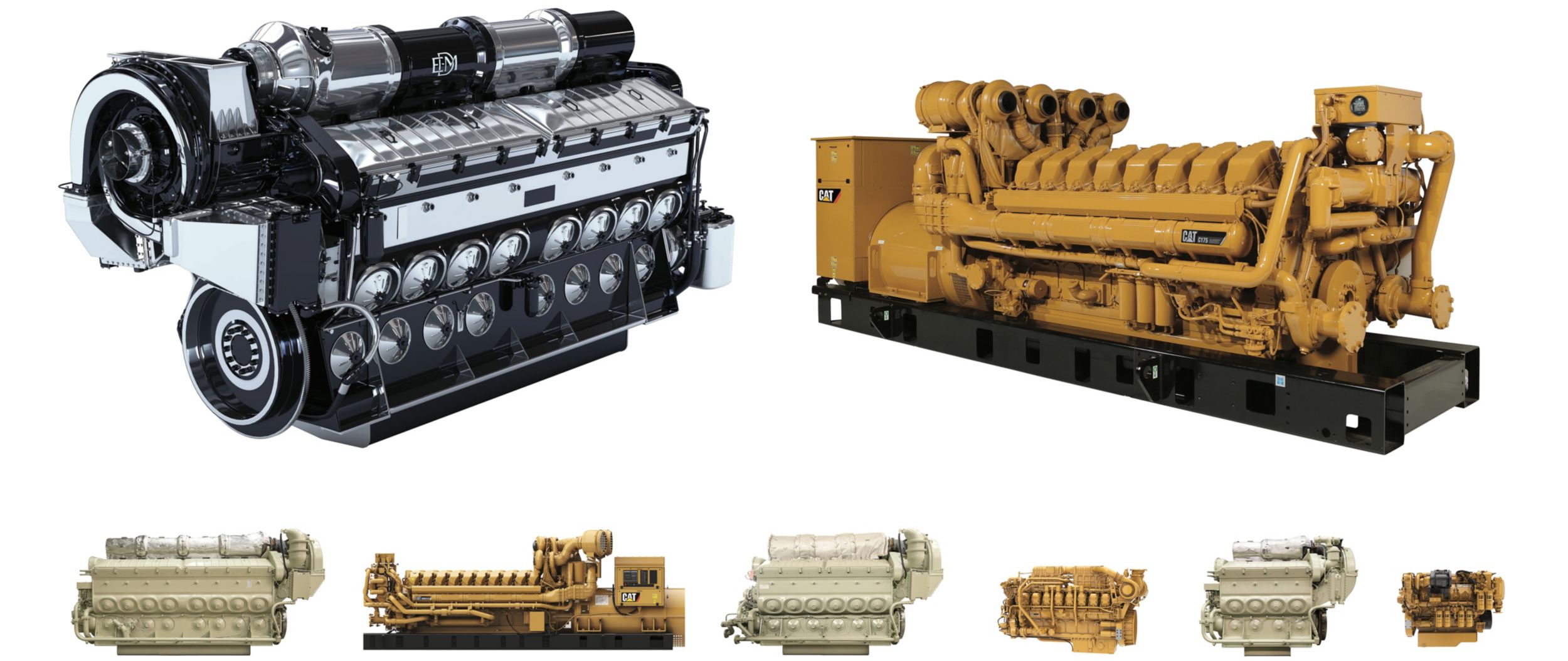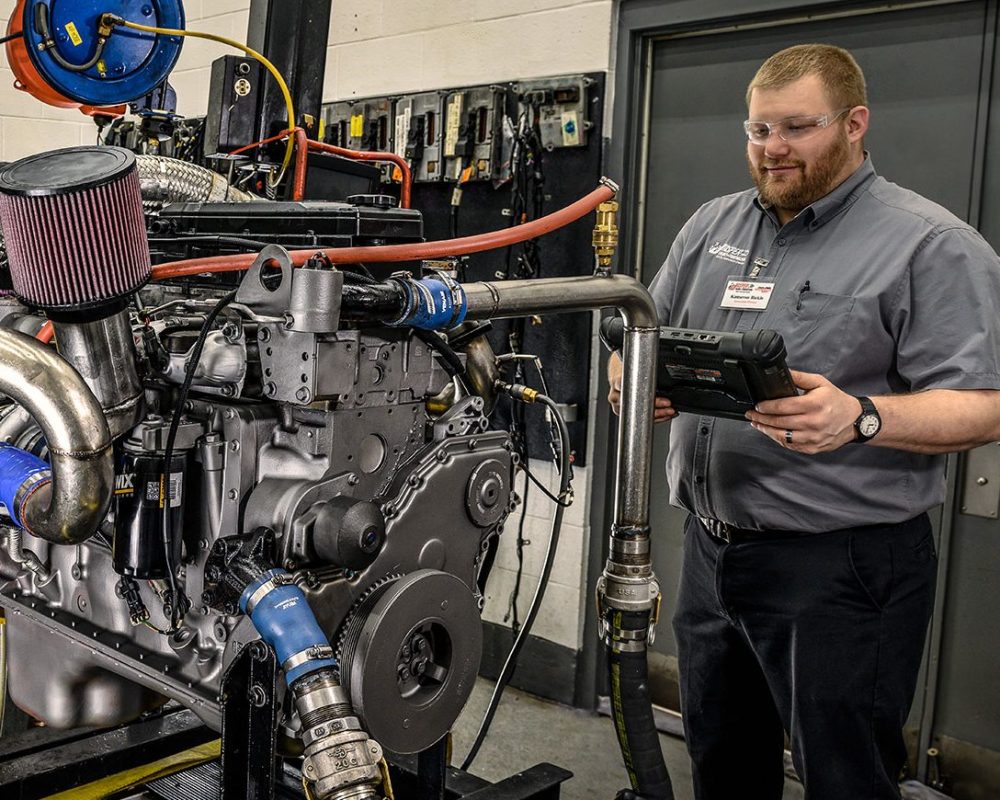Shop Engines for Africa and Even More at Our Substantial Automobile Parts Shop
Shop Engines for Africa and Even More at Our Substantial Automobile Parts Shop
Blog Article
The Mission for Ultimate Driving Power: Exploring the Pinnacle of Engine Efficiency and Technological Advancements in the Automotive Field
In the world of automotive design, the quest of optimum driving power has actually been an unrelenting mission that has actually unfolded through the advancement of engine design and the integration of sophisticated technologies. From the meticulous workmanship of burning engines to the quick innovations in electric propulsion systems, the automotive field stands at the cusp of a brand-new age identified by unprecedented efficiency capabilities.
Evolution of Engine Layout

Additionally, the assimilation of turbocharging and supercharging technologies has actually transformed engine design by improving power without considerably boosting engine size. These forced induction systems press the consumption air, enabling more gas to be combusted, consequently generating higher power output from a smaller engine. This development has been especially important in enhancing the efficiency of smaller sized displacement engines while keeping fuel effectiveness standards.

Performance-Enhancing Gas Technologies
The application of sophisticated gas modern technologies has significantly added to enhancing engine efficiency in modern automobiles. From standard gas and diesel to innovative biofuels, artificial fuels, and hydrogen, the auto industry is observing a revolution in gas options. Biofuels, stemmed from sustainable sources like algae, corn, or sugarcane, offer decreased discharges and boosted engine efficiency. Synthetic fuels, produced through chemical processes, supply high octane ratings, improving power output. Hydrogen gas cells, although still in the very early stages of fostering, show terrific pledge as a result of their zero-emission nature and potential for high performance. Furthermore, gas ingredients and cleaning agents are being created to clean engine elements, maximize combustion, and lower friction, thereby improving overall lorry performance. With continuous r & d, the pursuit for the utmost driving power proceeds, as designers aim to unlock the complete potential of performance-enhancing gas technologies in the vehicle sector.
Advancements in Electric Propulsion
Substantial strides in electric propulsion technology have revolutionized the auto sector, leading the way for a brand-new period of sustainable and reliable transportation. Electric vehicles (EVs) are obtaining appeal as a result of their environmental benefits and developments in battery innovation, allowing longer driving arrays and much shorter billing times. Suppliers are investing heavily in r & d to enhance the performance of electric propulsion systems, concentrating on increasing power output, enhancing energy performance, and lowering total weight.
One noteworthy breakthrough in electric propulsion is the advancement of advanced electrical motors that supply greater torque and power density, leading to improved acceleration and total driving performance. In addition, regenerative stopping systems have actually been fine-tuned to save and catch energy during deceleration, further boosting the performance of EVs.
Additionally, the integration of smart modern technologies, such as expert system and anticipating analytics, is optimizing the monitoring of electrical propulsion systems, guaranteeing optimal efficiency under different driving problems. These improvements in electrical propulsion are reshaping the auto landscape, driving the industry towards a more sustainable and electrified future.
Effect of Computational Liquid Characteristics
With developments in electrical propulsion pushing the boundaries of automobile technology, the assimilation of Computational Liquid Dynamics is playing a critical role in optimizing aerodynamic performance and boosting general effectiveness in lorry design. Computational Liquid Characteristics (CFD) involves the usage of computer simulations to examine the circulation of air around a lorry, allowing engineers to anticipate just how design adjustments will certainly impact the rules of aerodynamics without the demand for costly physical prototypes. By properly modeling air movement patterns, CFD read enables the improvement of automobile shapes to decrease drag, boost air conditioning, and improve security.
One key advantage of making use of CFD in vehicle layout is the capability to iterate quickly, discovering various design variations to recognize the most aerodynamically effective solutions. This iterative procedure results in cars that are not only sleeker and extra aesthetically appealing yet also a lot more ecologically pleasant and fuel-efficient. CFD allows engineers to maximize air movement around elements such as radiators, engine bays, and wheel wells, adding to improved performance and total driving experience. To conclude, the integration of Computational Liquid Characteristics represents a substantial progression in the mission for utmost driving power and performance in the vehicle sector.
Future Patterns in Engine Advancement
In the dynamic landscape of vehicle design, cutting-edge advancements are shaping the future trajectory of engine innovation. The future of engine layout is marked by a strong emphasis on sustainability, efficiency, and efficiency. Producers are significantly concentrating on developing engines that not just supply high power outputs but additionally prioritize environmental duty by reducing emissions and boosting gas effectiveness.
One noticeable pattern in engine advancement is the rise of electrification. Hybrid and electric powertrains are acquiring traction as feasible options to typical combustion engines. These modern technologies provide the possibility for considerable decreases in carbon emissions and official site raised power effectiveness, straightening with international efforts to combat climate modification.
In addition, improvements in products science and production strategies are allowing the manufacturing of lighter and extra resilient engine parts. This change in the direction of light-weight products such as carbon fiber and light weight aluminum alloys adds to improved efficiency and fuel economy.
Final Thought
Finally, the quest of utmost driving power in the automobile industry remains to drive advancements in engine style, fuel technologies, electric propulsion, and computational fluid characteristics. The advancement of these innovations is forming the future of engine development, paving the means for more reliable and powerful automobiles (engines for africa). As the industry proceeds to push the limits of what is feasible, we can anticipate to see also much more revolutionary advancements in the quest for peak efficiency
One of the essential landmarks in engine design development is the shift from traditional carbureted engines to modern fuel-injected systems. By exactly metering the fuel distribution to each cylinder, fuel-injected engines enhance burning, resulting in better efficiency and minimized ecological effect.
Additionally, the assimilation of turbocharging and turbo charging modern technologies has actually transformed engine style by improving power without dramatically boosting engine dimension (engines for africa).The implementation of sophisticated gas modern technologies has considerably added to enhancing engine performance in modern vehicles. Furthermore, fuel ingredients and cleaning agents are being created to tidy engine components, go now optimize combustion, and minimize friction, therefore enhancing total vehicle performance
Report this page